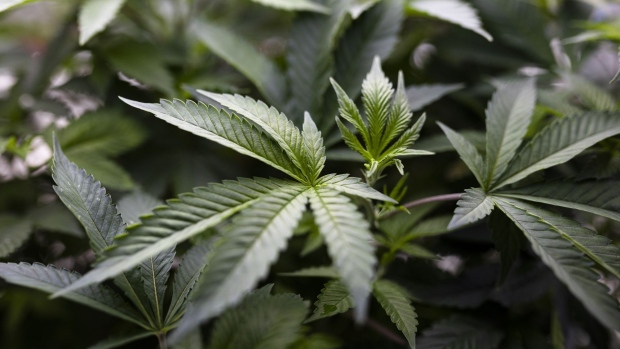You are here
Home 🌿 Recreational Marijuana News 🌿 Ontario captured 40% of legal pot market in 2020, still lags national share 🌿Ontario captured 40% of legal pot market in 2020, still lags national share

After two years of legalization, Ontario continues to eat away at the illicit cannabis market.
Data provided by the Ontario Cannabis Store (OCS) shows that the province secured roughly 40 per cent of the legal market by the end of last year. That's more than double what the legal market controlled a year earlier, but still lags behind the 52 per cent of the national legal share of recreational cannabis sales, as COVID-19 lockdowns weighed on retailers.
"It's all about access," said Daffyd Roderick, senior director of communications for the OCS, in a phone interview. "If people want to go to a store and they can't, it creates a barrier … Like every other retail market. The impact of COVID can't be overestimated and has provided some real challenges. So, I think as we see areas open up and things move forward then we'll see that number increase."
Despite Ontario lagging in capturing legal market share, the province continues to wield the most influence in the country's cannabis market. By the end of 2020, the province accounted for nearly one-third of all pot sales in the country, more than 10 percentage points above Alberta, the closest provincial counterpart.
Nearly $1 billion of cannabis has been sold in Ontario since the province allowed sales licences to physical stores. Prices have come down, as well, with the average charge on the OCS e-commerce website now around $6.24, per gram, below the $7.76 observed in the illicit market and well under the $9.13 amount seen at the province's retail stores, the OCS said.
"As compared to what's available through illegal online sellers, the price that products are available through the OCS is below that," Roderick said. "Pricing has gone in the direction people want, the quality has gone in the direction that people want, and the formats have gotten the direction people want."
He added that prices for Cannabis 2.0 products - edibles, beverages and concentrates - will also likely come down in the future as the novelty of some of those products rubs off for some consumers.
Dried flower continues to represent the largest share of sales in Ontario, accounting for 57.4 per cent of the market, the OCS said. That was followed by vapes and pre-rolls at 15.7 per cent and 12.5 per cent, respectively. Edibles, extracts and beverages all recorded single-digit shares of the market, the OCS data showed.
There were 324 licensed cannabis stores operating in Ontario by the end of the year, the OCS said. The average store generated about $670,000 between last October and December, down from $2.6 million during the same period a year earlier, as COVID-19 restrictions and increased competition in some concentrated areas weighed on certain retailers.
420 Intel is Your Source for Marijuana News
420 Intel Canada is your leading news source for the Canadian cannabis industry. Get the latest updates on Canadian cannabis stocks and developments on how Canada continues to be a major player in the worldwide recreational and medical cannabis industry.
420 Intel Canada is the Canadian Industry news outlet that will keep you updated on how these Canadian developments in recreational and medical marijuana will impact the country and the world. Our commitment is to bring you the most important cannabis news stories from across Canada every day of the week.
Marijuana industry news is a constant endeavor with new developments each day. For marijuana news across the True North, 420 Intel Canada promises to bring you quality, Canadian, cannabis industry news.
You can get 420 Intel news delivered directly to your inbox by signing up for our daily marijuana news, ensuring you’re always kept up to date on the ever-changing cannabis industry. To stay even better informed about marijuana legalization news follow us on Twitter, Facebook and LinkedIn.




